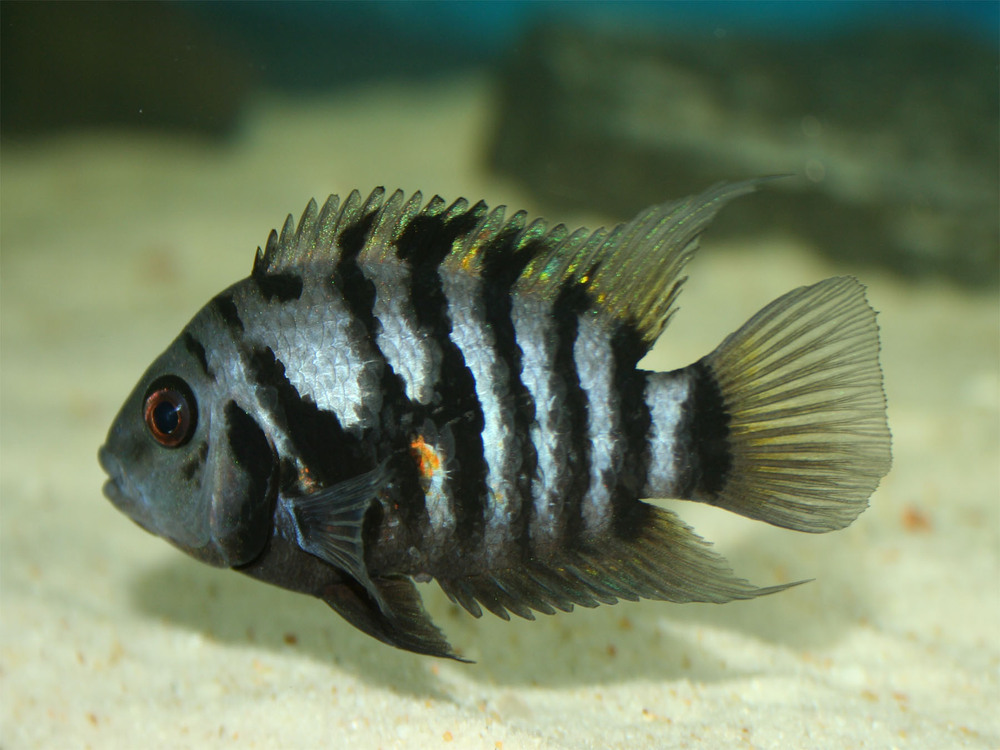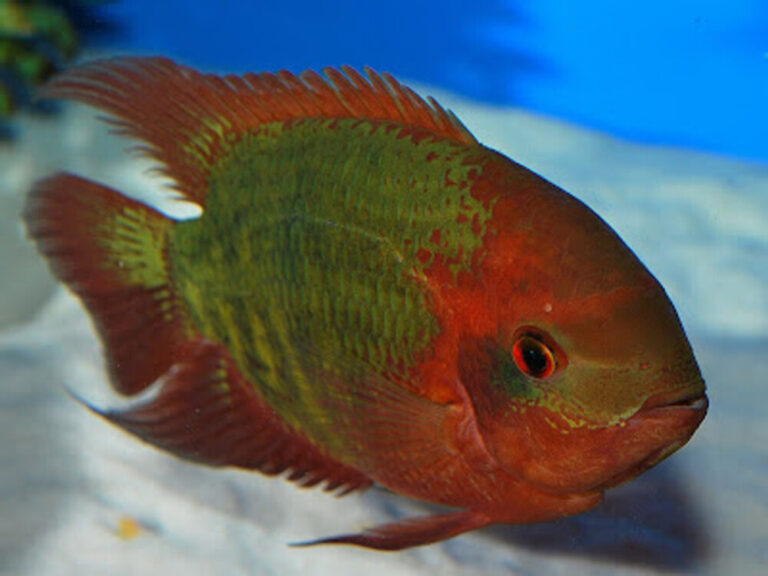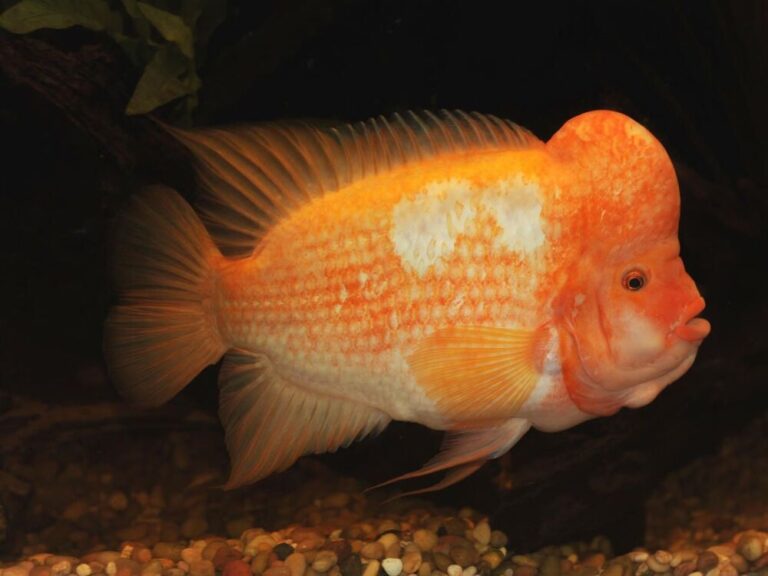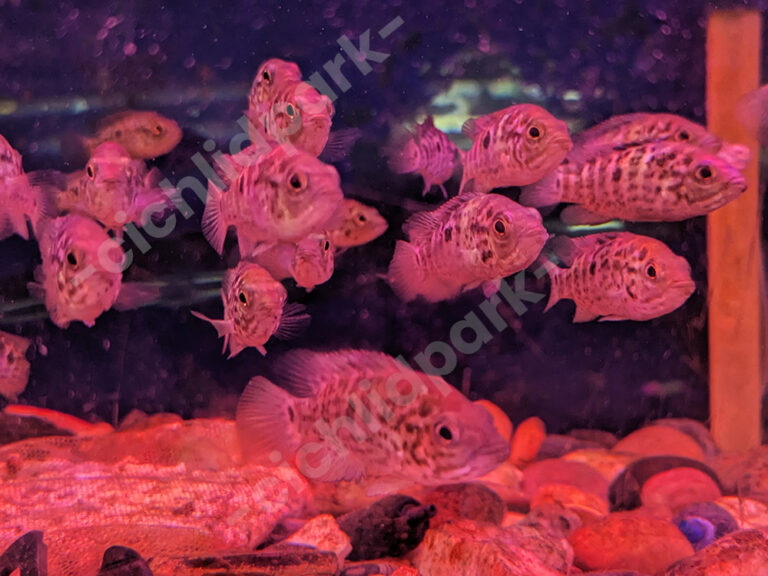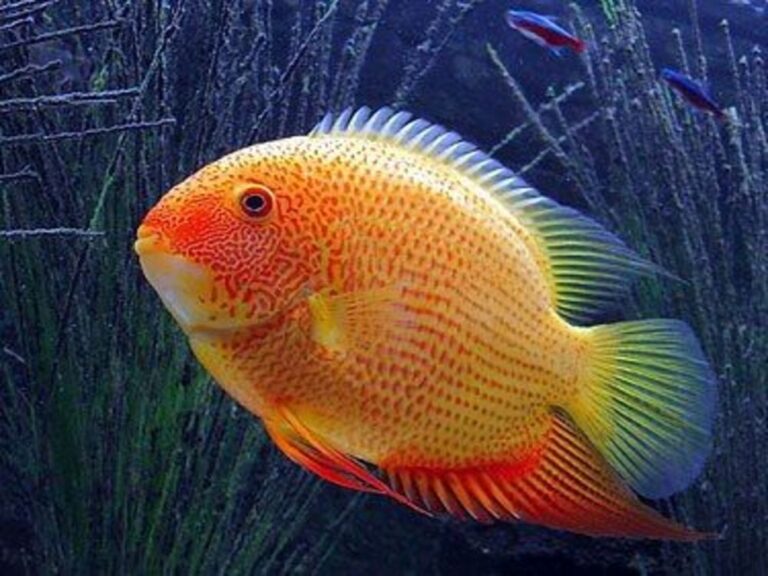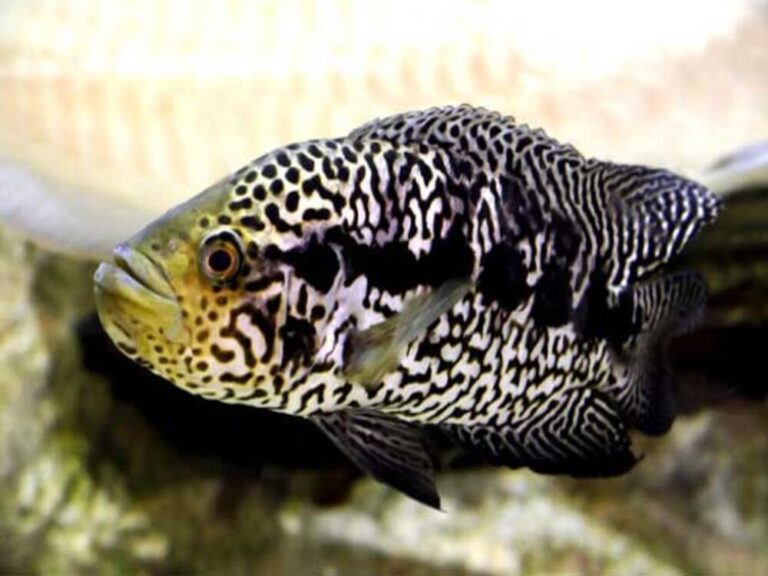Within the world of freshwater aquariums, the Convict Cichlid (Amatitlania nigrofasciata) is a symbol of adaptability and persistence. Because of its striking appearance, engaging activity, and unique mating behaviors, this hardy and intriguing fish species has grabbed the hearts of aquarists. In this article, we dig into the fascinating world of the Convict Cichlid. We unearth the nuances that make the Convict Cichlid a fascinating addition to any aquarium, from its origins and native environment to its behavior, care requirements, and reproductive techniques.
The Convict Cichlid
Understanding the Convict Cichlid starts with a look at its natural environment and origins. This species is native to Central America and lives in a variety of settings, demonstrating its exceptional adaptation to changing conditions.
Behavioral Insights
Investigating the behavioral characteristics of Convict Cichlids indicates their distinct personality. Understanding their behavior, from territorial tendencies to relationships with tankmates, is the cornerstone for effective ownership.
Tank Setup
Providing an ideal tank environment is critical for the health of Convict Cichlids. Tank size, substrate, decorations, hiding locations, and water conditions play important roles in replicating their natural habitat.
Feeding
Understanding Convict Cichlid eating habits provides information about their nutritional needs. A varied diet of high-quality pellets, live meals, and vegetable matter promotes their health and vitality.
Convict Cichlid Care
Understanding the complexities of Convict Cichlid care entails maintaining water quality, providing adequate filtration, and addressing any potential health issues. Regular maintenance and behavior monitoring contribute to their well-being.
Convict cichlid Breeding

The reproductive habits of Convict Cichlids are one of the most remarkable elements of the species. An in-depth look at their reproductive journey is provided by investigating their monogamous couple bonding, courtship behaviors, and parental care procedures.
Breeding Strategies
The Convict Cichlid’s breeding journey is complicated, involving delicate stages like identifying a matching mating pair and setting optimal surroundings. Understanding both parents’ involvement in guarding eggs and caring for fry adds to the awe of the process.
Raising Fry
When the eggs hatch, caring for the fry becomes a major undertaking. The provision of hiding places, sufficient diet, and the maintenance of optimal water conditions all contribute to the healthy growth of Convict Cichlid fry.
Convict Cichlids and Tankmates
Investigating the behavior of Convict Cichlids in a community tank setting sheds light on appropriate tankmates. Their territorial nature and compatibility with specific species both contribute to the maintenance of a peaceful habitat.
The Effects on Aquarists
Owning Convict Cichlids allows aquarists to observe nature’s beauties within the confines of their own aquarium. These fish make a very fascinating experience, from monitoring behavioral interactions to participating in their unique mating cycle.
Conservation and Responsibility
Understanding the ecological impact of the pet trade and maintaining ethical methods are critical for responsible aquarists. Contributing to conservation initiatives and advocating for sustainable practices are examples of responsible ownership.
Conclusion
The fascination of the Convict Cichlid rests not only in its remarkable look but also in its intriguing behavior and novel breeding tactics. Aquarists engage on a journey of discovery that displays the resilience and beauty of this extraordinary species, from investigating their natural environment to duplicating it within an aquarium. Aquarists offer a living monument to the interdependence of aquatic life and our own planet by providing optimal care, fostering ethical practices, and appreciating the varied Convict Cichlid experience.

